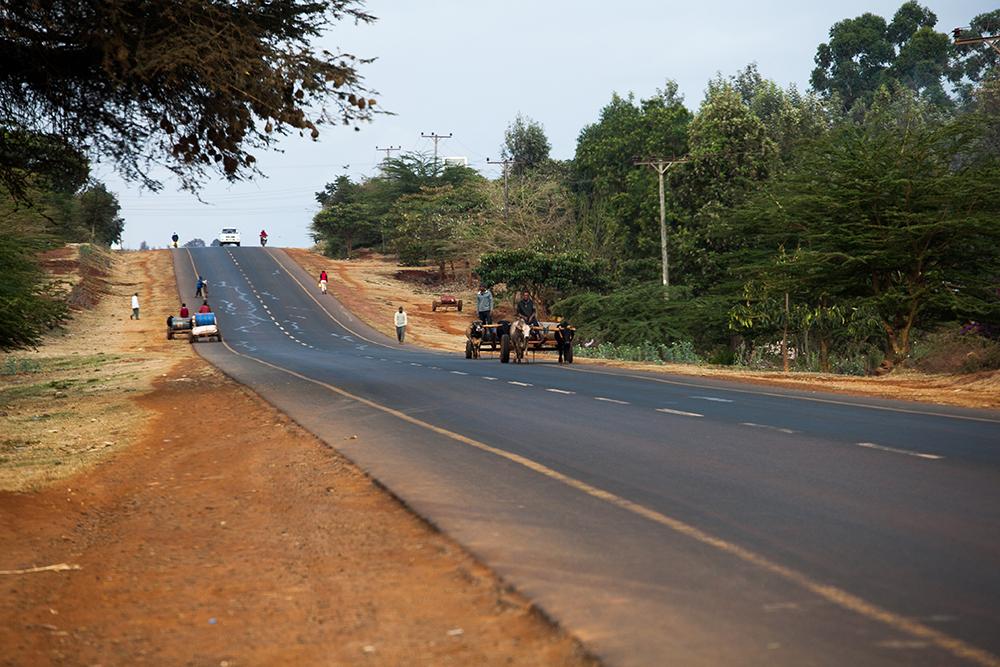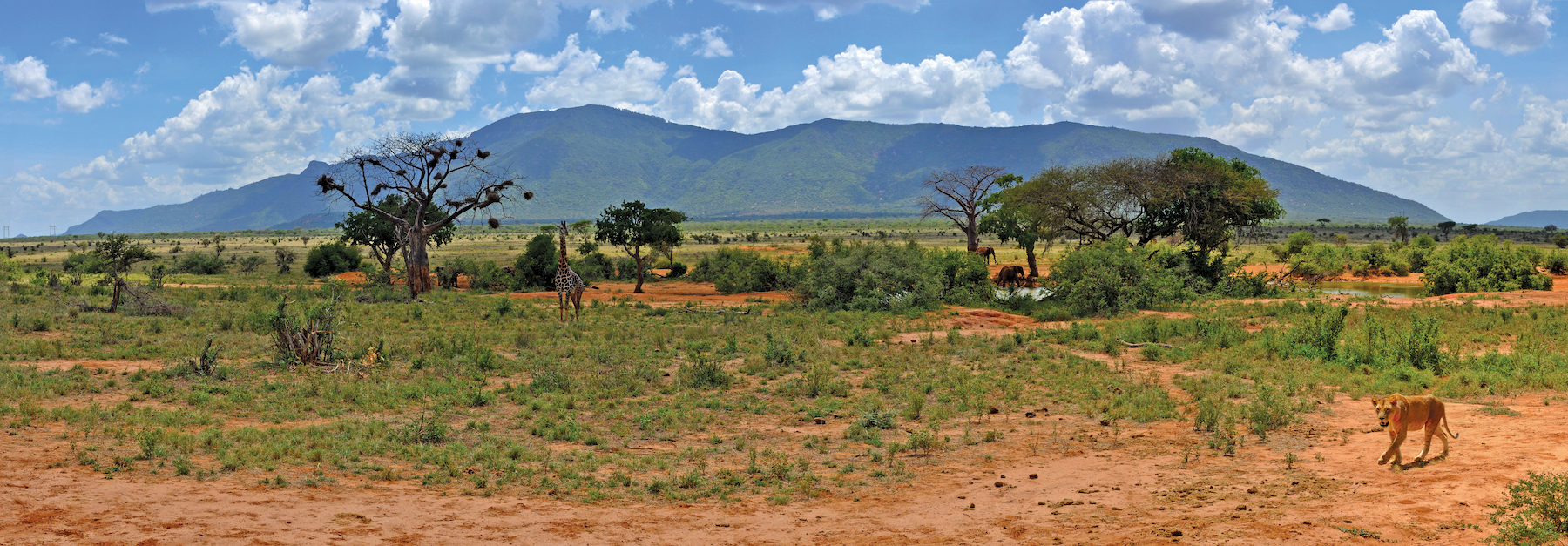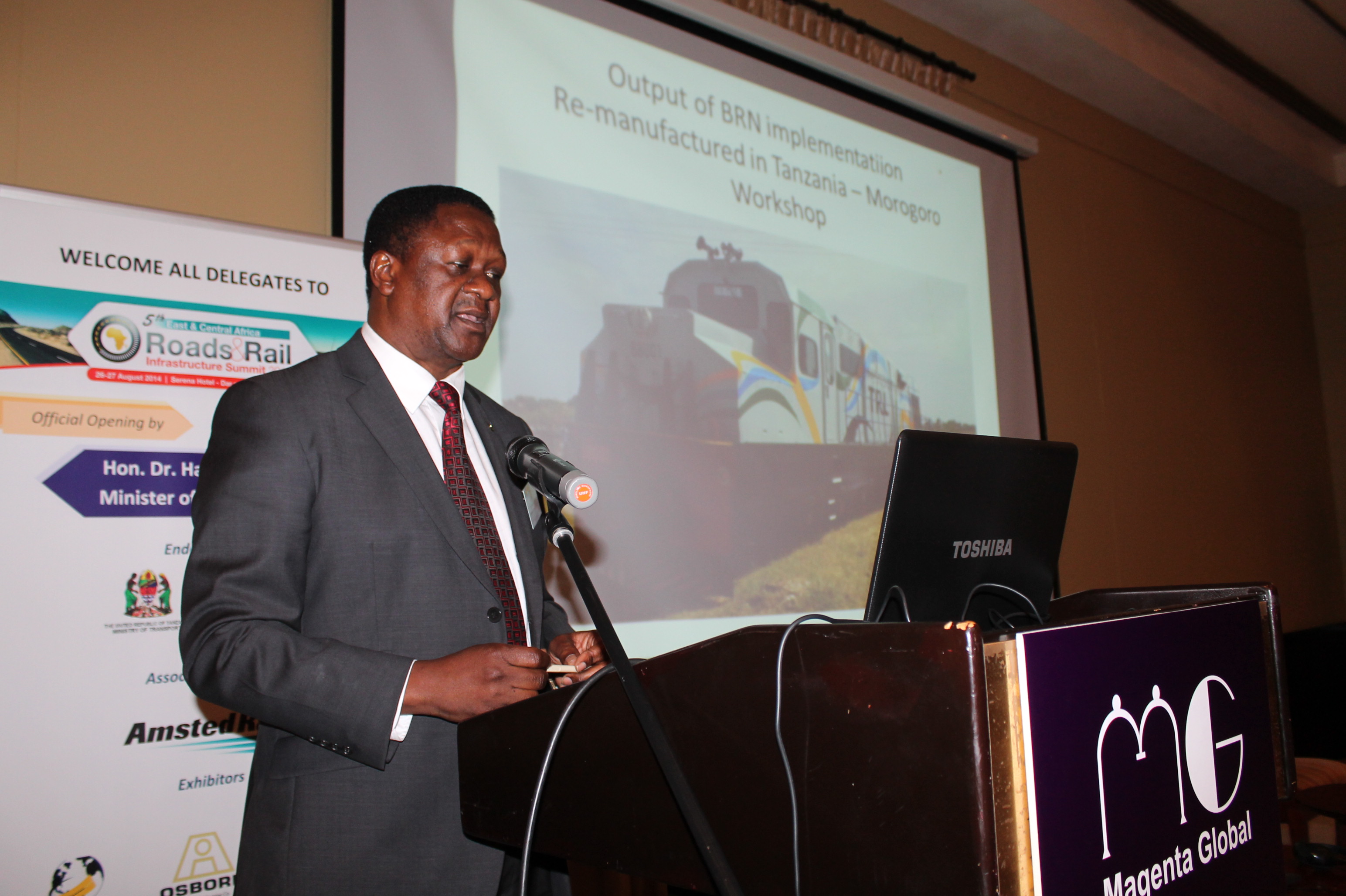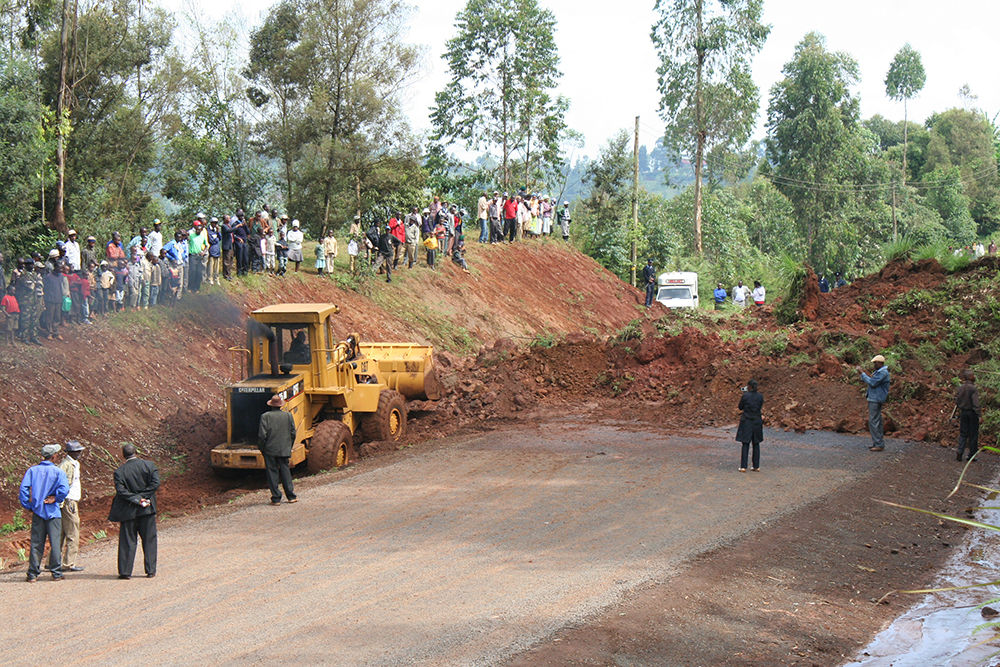
East Africa is one of the fastest-growing regions in sub-Saharan Africa. This growth is being supported by increasing investment in infrastructure, expansion in manufacturing and an improved service segment, according to the East African Community (EAC), a six-member intergovernmental organisation in the African Great Lakes region.
The region’s real gross domestic product (GDP) had in 2018 increased by 5.7% and though slightly less than the 5.9% in 2017, was “the highest among African regions,” according to the African Development Bank (AfDB).
The growth was expected to remain at 5.9% in 2019 before rising to 6.1% in 2020, a projection that may have substantially changed with the outbreak of the COVID-19 pandemic.
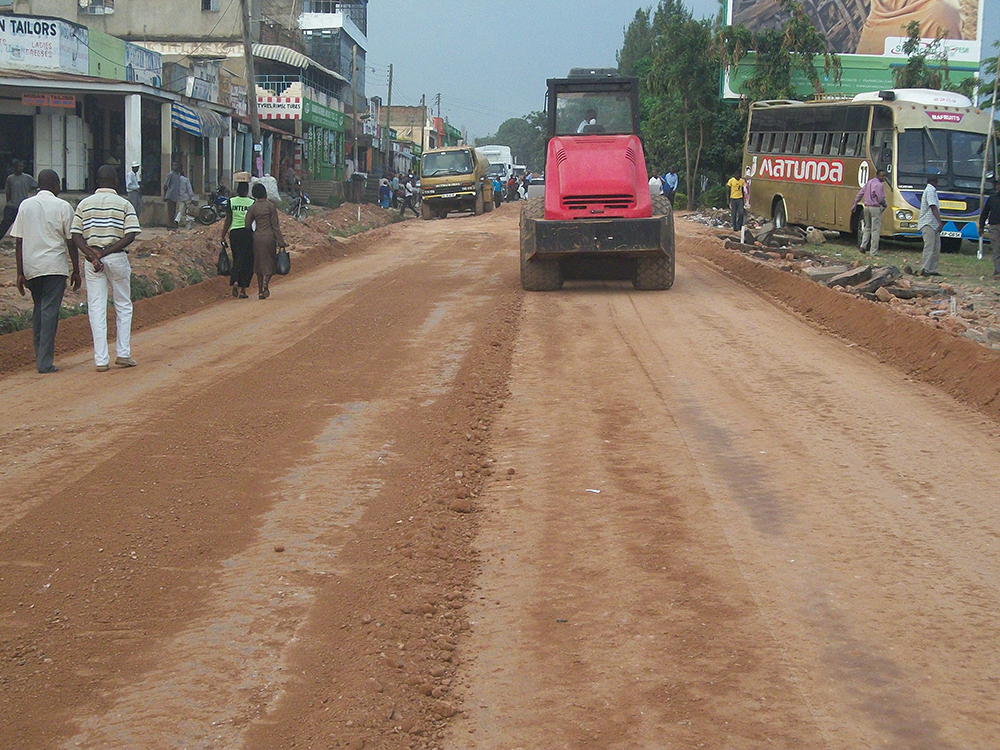
With a population estimated at 177 million people, and growing at the rate of 2.74%, demand for efficient transportation infrastructure to support travel and movement of goods and services continues to grow despite challenges such as the COVID-19 crisis.
The lack of adequate high-quality transportation infrastructure in Eastern Africa has hampered growth of intra-regional trade. The AfDB estimated intra-regional trade at 8.3% of the region’s total trade in 2017/2018, less than the continental average of 14.5% “and roughly unchanged over the past five years.”
In 2005, five EAC countries - Kenya, Tanzania, Uganda, Rwanda and Burundi - launched the EAC’s Customs Union. This is designed to support regional integration and allow free trade on goods and services among themselves, but pressure has increased on the existing road network, creating demand for wider, high-quality transport corridors.
The EAC countries, working with Development finance institutions such as AfDB and the private sector have responded to the high demand for better roads by launching a phased programme of upgrading, reconstruction and modernisation of a series of roads and bridges. The objective is to connect the 2,000km Northern corridor that is anchored at the port of Mombasa in Kenya with the 1,600km Central corridor that originates at the port of Dar es Salaam in Tanzania.
Moreover, the 2020 Africa Construction Trends report by Deloitte says East Africa’s transport sector accounted for US$40 billion, an equivalent of 51.5% of the region’s total construction projects last year.
“In recent years, East Africa has prioritised improving its cross-border and local transport infrastructure,” the report says.
There were nearly 66 diverse multimodal transportation projects underway in East Africa in 2020, accounting for nearly 55.9% of all construction projects within the region.
It is no surprise that Kenya and Tanzania have renewed the commitment to complete the implementation of four of the six EAC priority road projects. These would connect the two countries with landlocked neighbours Uganda, Rwanda, Burundi, South Sudan, Ethiopia and parts of eastern DRC.
Tanzania’s president Samia Suluhu Hassan visited Nairobi in March 2021, where she met and discussed with her Kenyan counterpart Uhuru Kenyatta the fast-tracking of the upgrading and re-construction of the 676km long Indian Ocean coastline transnational highway. The route comprises the 460km section Bagamoyo-Tanga-Horohoro in Tanzania and the 216km Lunga Lunga-Mombasa-Mtwapa-Malindi section in Kenya.
"We are working to complete other One Stop Border Posts at Lunga Lunga, Horohoro and Sirare-Isebania,” said president Samia when she addressed business leaders from both countries at a forum in Nairobi in May 2021.
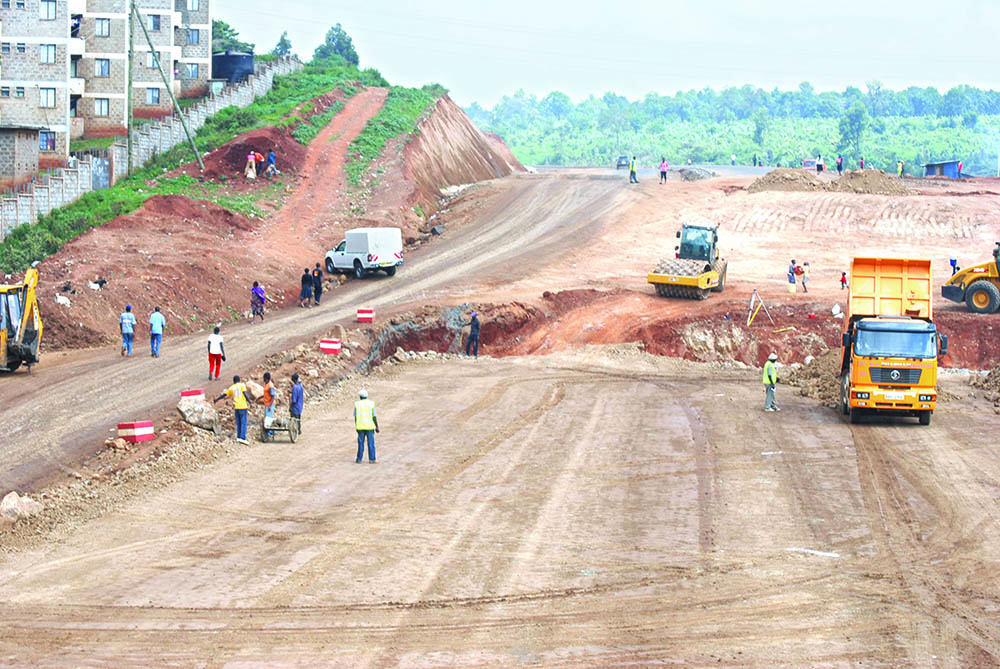
It was earlier noted that Kenya, through the State roads agency, Kenya National Highways Authority (KeNHA), had delayed the project, which is at the tendering phase in both countries, after changing its mind to make its section of the road a dual carriageway. Initial design had provided for a single carriageway in some sections of the 216km road.
“We had to change the designs to make sure we do not have a bottleneck at Nyali-Mtwapa area because the traffic there is a very big problem,” said Mr James Macharia, Kenya’s Transport Cabinet Secretary in a previous media interview.
The road, for which AfDB is providing $322 million, is the longest of six road projects that the EAC is pushing for implementation to ease trade and enhance connectivity to markets including those for the region’s landlocked countries.
The EAC Secretariat has modelled the road projects almost alongside the ancient ‘Silk Road’ or the new Chinese Belt and Road Initiative. When complete this will create a seamless road link among seven countries in the Great Lakes region, effectively linking the Northern transport corridor that terminates in Burundi’s capital Bujumbura to the Central corridor that ends in Kampala, Uganda.
For the Bagamoyo-Tanga-Horohoro component of the Indian Ocean coastline transnational highway, the civil works for the first phase include surfacing the 120.8km Makange-Tungamaa-Pangani Bridge with asphalt. It also includes construction of the 515m Pangani Bridge, including a 14.3km approach road, the 5.9km Ushongo spur road and the 5.4km Pangani access road. Tendering by Tanzania’s roads State agency Tanzania National Roads Agency (Tanroads), is ongoing.
KeNHA has advertised a tender for the 13.5km Mombasa-Mtwapa (A7) section and the 40.4km Mtwapa-Kwa Kadzengo-Kilifi (A7) stretch.
“The road project will boost regional integration by reducing transit times, facilitating trade and cross-border movement of people, opening up access to tourism, linking the ports of Dar es Salaam, Tanga and Mombasa, and stimulating the economy,” AfDB said in March 2020.
Kenya and Tanzania are also upgrading and reconstructing the 240km Arusha-Namanga-Athi River and the 260km Arusha-Holili-Taveta-Voi roads. Both routes connect the Northern corridor and Central corridor albeit via different alignments.
The Arusha-Namanga section of the road project in Tanzania, which starts in the Tunduma area in the south, connects to the Kenyan portion at Namanga border point. It then links with the Athi River industrial hub in the outskirts of Nairobi where it feeds into the Mombasa-Nairobi highway, part of the Mombasa-Bujumbura transport corridor.
Kenya has rehabilitated and reconstructed the 136km on its side under a contract by Chinese contractor China National Engineering Corporation. Financing has come from the African Development Bank (AfDB) and Japan International Cooperation Agency (JICA). A new one-stop border post has also been constructed at the Namanga border crossing.
The Chinese contractor has laid a pavement consisting of 50mm-thick asphalt wearing course and 150mm-thick asphalt surface overlaying 200mm of crushed rock base and 200mm of cement stabilised sub-base.
The road, with 7m-wide carriageway, has 2m-wide shoulders that have been finished with a single layer of surface dressing according to the project design.
Similar civil works were carried out on the 110km Tanzania section of the road. The AfDB said, “cross-border trade has increased although no trade statistics could be readily obtained, the number of trucks crossing the border testifies tothis".
Tanzania and Kenya are also working to achieve 100% completion of the Arusha-Holili-Taveta-Voi road that involves surfacing it with asphalt. The Mwatate-Taveta section in Kenya has been completed under a contract by Chinese company, The 3rd Engineering Bureau of China City Construction Group Co at US$66.3million.
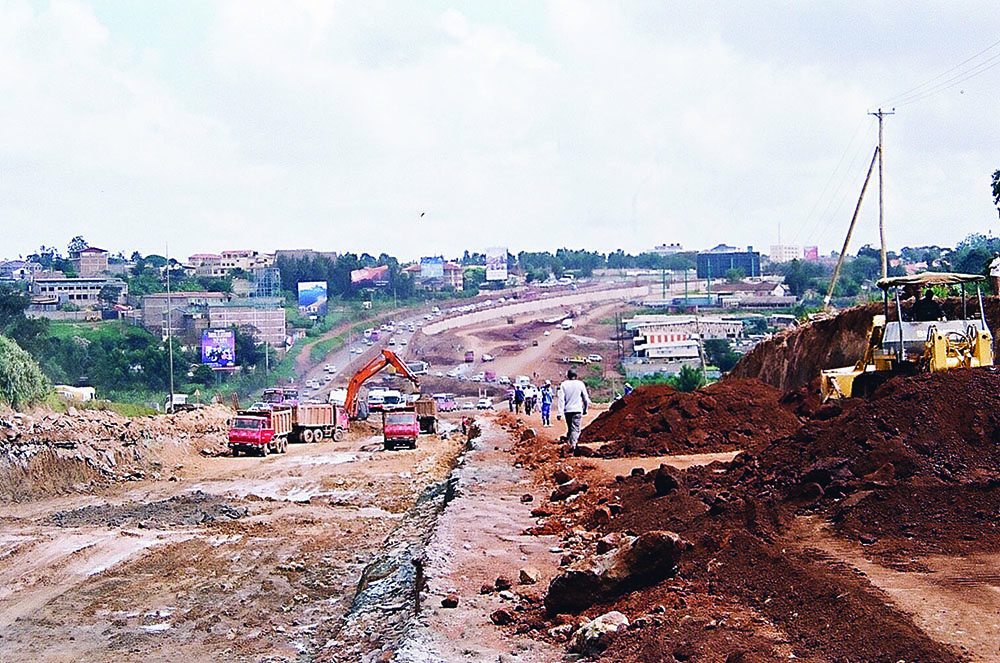
In Tanzania, the government commenced with the construction of the 42.4km Arusha bypass and dualling of the Sakina-Tengeru portion of the road despite delays in completing the stretch due to late release of funds. The remaining portion of the road project is expected to be revived in the coming months.
Furthermore, Tanzania is also in the process of connecting the Central transport corridor with the Northern corridor through three other road projects to be implemented in partnership with Rwanda, Burundi and Uganda. The three road projects are at the feasibility study and detailed engineering stages.
These roads include the 166km Lusahunga-Rusumo-Kayonza-Kigali road integrating Tanzania with Rwanda and the 305km Nyakanazi-Kasuhu-Manyovu-Rumonge-Ruhinga-Bujumbura highway that connects Tanzania and Burundi.
Meanwhile, Tanzania is boosting the road links with Uganda with the 253km Masaka-Mutukula-Kyaka-Bugene-Kasulo-Kumunazi project.
Elsewhere, under the ambitious $23 billion Lamu Port-South Sudan-Ethiopia Transport (LAPSSET) mega project, progress has been made in the implementation of the Lamu-Isiolo-Nakodok-Juba and Isiolo-Moyale-Addis Ababa highways. The Moyale-Hawassa road project, which part of the Isiolo-Moyale-Addis highway, is already ongoing.
President Kenyatta opened the first phase of the $3 billion Lamu port constructed by China Communications Construction Company in May 2021. This was a key development in the projected progressing the Lamu-Garissa-Isiolo-Moyale and Moyale-Hawassa-Addis Ababa transportation corridor project that will later be merged with the Tanga-Horohoro-Lunga Lunga-Mombasa-Mtwapa-Malindi highway.
“The purpose of a multinational road network is to develop and implement harmonised road transport policies, laws, regulations and standards for efficient cross-border road transport and transit networks, transport and logistics services, systems and procedures in the East African region,” said engineer Steven Mlote, EAC deputy secretary general in charge of Planning and Infrastructure in a previous statement.
Developing a seamless road network linking national and international trunk roads in Kenya, Tanzania, Uganda, Ethiopia, South Sudan, Rwanda, Burundi and parts of eastern DRC is a boost to the ongoing road transport sector reforms by the EAC. This will complement earlier achievements including the development of Road Boards or Road Funds and Road Agencies such as TANROADS, UNRA and KeNHA.
The road sector reforms have been credited with the previous completion of key projects in the region such as the AfDB and Chinese government-financed 45km Nairobi-Thika Superhighway project. This entailed reconstruction and expansion of lanes from four to between six and eight by three Chinese contractors: Wu Yi, Sinohydro Corporation and SHENGLI Engineering Construction Group Co., with each working on a separate lot. The highway was subsequently connected with the 136km Isiolo-Merille River section, part of the Isiolo-Moyale road, which was upgraded with an new asphalt surface under a contract by China Wu Yi. The road, with a pavement structure comprising a double layer of asphalt, a cement stabilised base, and a lime improved gravel sub-base, is part of the Mombasa-Nairobi-Addis Ababa road corridor.
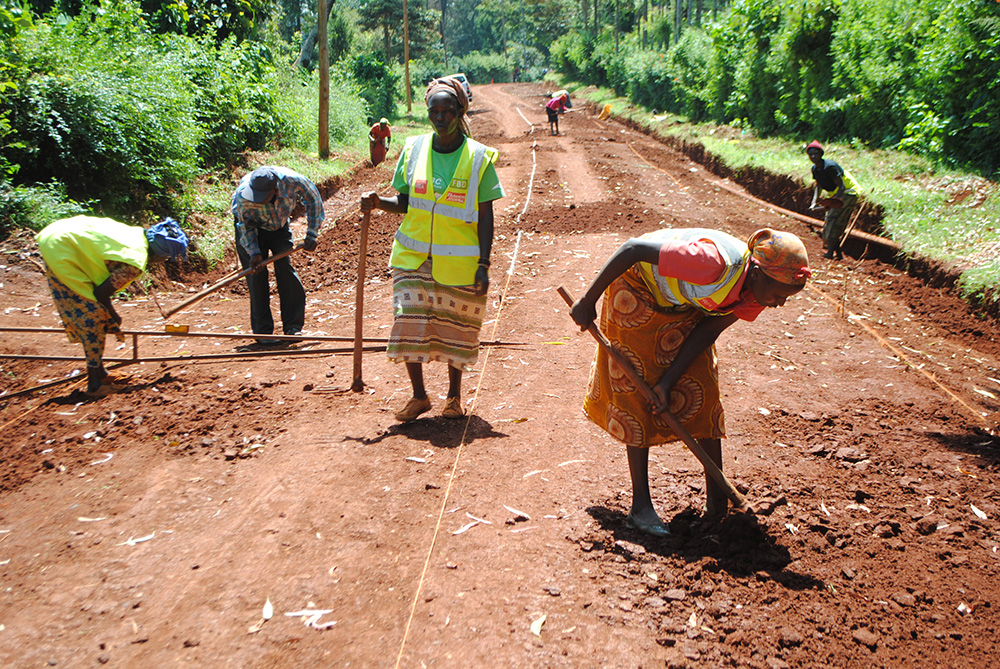
A new urban transport modernisation initiative has been underway in Kenya, Tanzania and Uganda. The objective is to ease traffic congestion and improve road safety in Nairobi, Kampala, Dar es Salaam and Entebbe thereby improving the efficiency of the traffic flow in both the Northern and Central Corridors and associated road links.
Earlier this year Uganda signed a $229.5 million financing agreement with the AfDB for the first phase of the Kampala-Jinja Mainline Expressway and Kampala Southern Urban Bypass (KSB). This has been the latest urban transport project to be confirmed and when complete will ease flow of traffic along the Northern multimodal transportation corridor.
In the first Lot, the project consists mainly of an 18km urban expressway including KSB in addition to the 35km mainline from Kampala to Namagunga. For the second Lot, works involves a 42km rural motorway from Namagunga to Jinja. Tendering is expected to follow the signing of the project’s partial financing.
Uganda recently completed the construction of the 51.4km Kampala-Entebbe Expressway that links Kampala city’s Northern Bypass at Busega one of East Africa’s busiest airport, Entebbe International Airport.
The project included the construction of two suspension bridges that are 200m and 500m long at Lubijji swamp and Kyengera respectively.
Two other bridges, one that is 75m long at Kajjansi and the other, a 1.45km suspension bridge over the Nambigirwa swamp with at least 480 piles supported by 240 pillars installed to a depth of 56m. This was designed with a lifespan of 100 years according to Uganda National Regulatory Authority (UNRA).
In Tanzania’s capital Dar es Salaam, the Ubungo interchange project has been commissioned. This was built to ease traffic flow on the Central corridor. It was built under the Dar es Salaam Urban Transport Improvement Project with a US$225 million concessional credit from the International Development Association in addition to an IDA Scale-up Facility Credit of $200 million. Chinese contractor, China Civil Engineering Construction Cooperation executed the contract. The project involved construction of a grade separated junction at the Ubungo intersection, within the Bus Rapid Transit (BRT) corridor, part of the larger Central corridor that serves traffic into and out of Dar es Salaam to Tanzania’s hinterland and neighbouring countries.
In Kenya, KeNHA is implementing another urban road project to improve travel efficiency on the Northern corridor which is underway in Nairobi. This involves building a 27.1km Nairobi Expressway connecting Jomo Kenyatta International Airport (JKIA) to the neighbourhood of Rironi along the Nairobi-Limuru Road. The $650 million road, earmarked for tolling, is being constructed under a Build-Operate-Transfer contract between the China Road and Bridge Corporation (CRBC). With 10 interchanges, the project includes 18.2km of ground section and an elevated section 8.9km long.
The project will complement the previously completed dualling of Athi River to Machakos and James Gichuru to Rironi section of the A8 highway.
A key characteristic of the planned and ongoing road sector projects in East Africa is the dominant role played by Chinese contractors especially in the Kenya, Tanzania and Uganda road projects.
Except for South Korea’s construction company, Hanil-Jiangsu JV and consulting firm Cheil Engineering Company that have been involved in the Arusha-Holili-Taveta-Voi project, the road expansion boom in East Africa has so far been dominated China Wu Yi. The firm reconstructed the 45km Nairobi-Thika highway alongside Sinohydro Corporation and Shengli Engineering Construction. China Wu Yi was also involved in asphalt surfacing of the 136km Isiolo-Merille stretch. Both roads are connected.
Another Chinese contractor, China National Engineering Corporation, was tipped for the Arusha-Namanga-Athi River road project.
Meanwhile, Uganda picked China Railway 17th Bureau Group Company (CR 17th) for the 26.2km tolled $1.4 billion Kampala-Jinja Expressway.
But according to the 2020 Africa Construction Trends report by Deloitte, “China, which has been leading in financing East Africa’s infrastructure, dropped from 20.9% in last year’s analysis to 13.6%.”
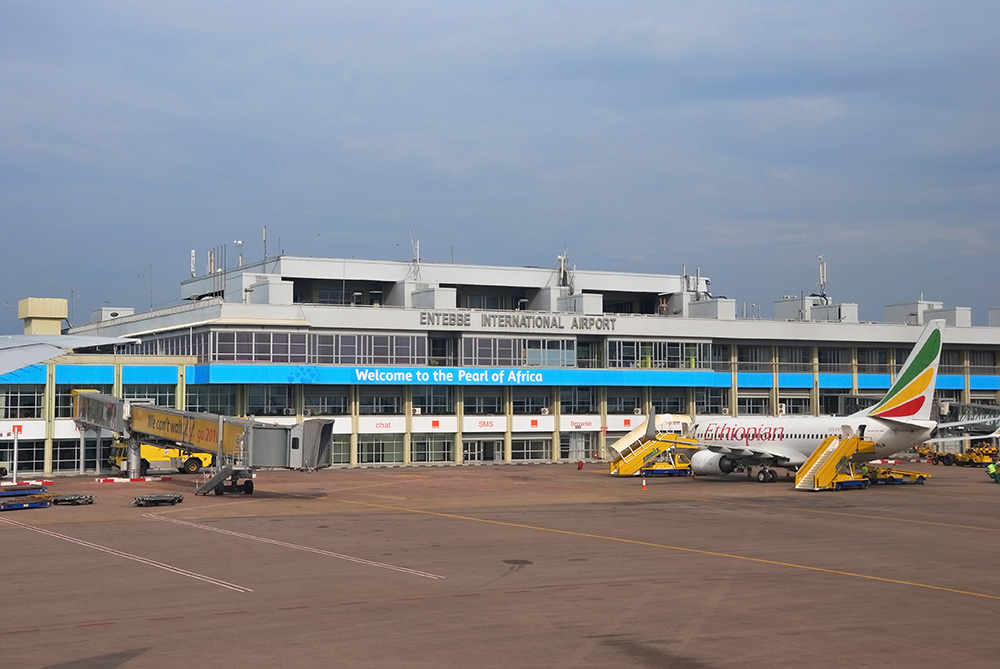
“This drop in infrastructure financing stemmed from various factors, including the completion of several Chinese financed projects in the region, which could hamper investment in Belt and Road Initiative projects – a number of which link to East Africa,” the report says.
“There has also been increased scrutiny of China-funded infrastructure projects in the region, given a greater focus by African governments on financial sustainability, which also contributed to a decline in China’s funding involvement in East African infrastructure projects,” the report added.
The road expansion boom in East Africa has also coincided with the revival of road tolling in Kenya and Uganda with other EAC Partner States expected to adopt the model as the countries open wide gates for private sector participation in the roads sector. This will help access more financing for maintaining quality infrastructure of both the Northern and Central transport corridors. For example, Uganda has commenced the tolling model with the Kampala-Entebbe Expressway for which UNRA has picked French company Egis as the concessionaire. The company has installed street lighting, toll and traffic equipment, operation and maintenance services and collecting tolls. The Expressway has three toll plazas and 17 toll lanes.
“The public private partnership model will bring in the private sector and financing of key infrastructure in Uganda and will yield a significant economic return for the country with an estimated net revenue of US$2.1 billion over a 30-year concession period,” said Augustine Ngatuan, AfDB’s country manager in Uganda.
Kenya has plans also for reintroducing toll roads, with the government earmarking five major roads for tolling including Nairobi-Nakuru-Mau Summit road, Nairobi-Thika highway, Nairobi’s Southern Bypass, Nairobi Expressway and the second Nyali bridge in Mombasa.
The deliberate effort to boost role of the private sector comes at a time when the EAC Secretariat says the Northern transport corridor requires $2.1 billion in investment while the Central corridor needs $2 billion if both are to operate optimally. The investment is for roads, rail, and airports.
But for now, the dream of building a seamless road link between the Northern and Central transport corridors and fixing connectivity for Ethiopia and South Sudan, appears more of a reality than it was 16 years ago when the EAC first publicised the plan.



